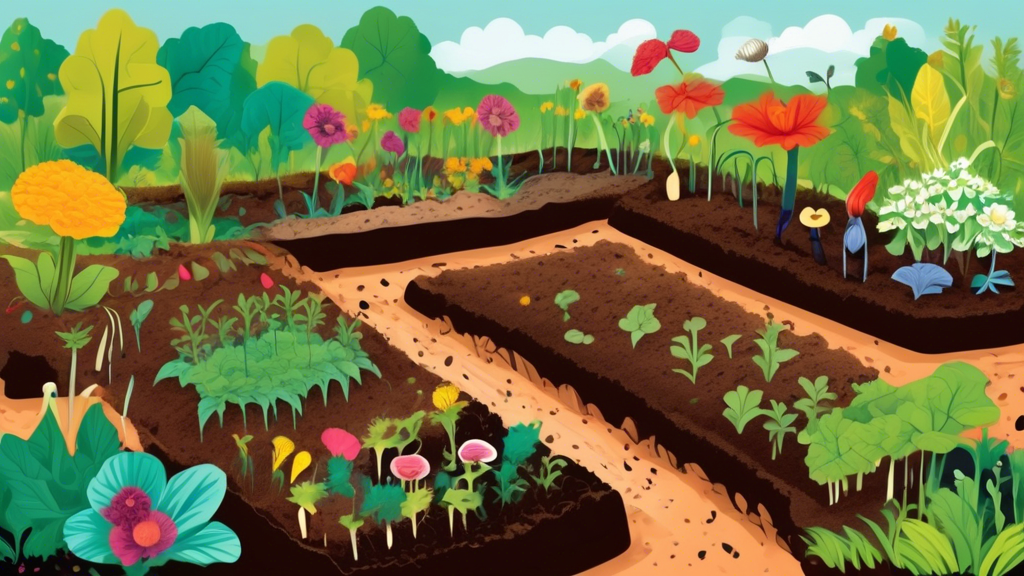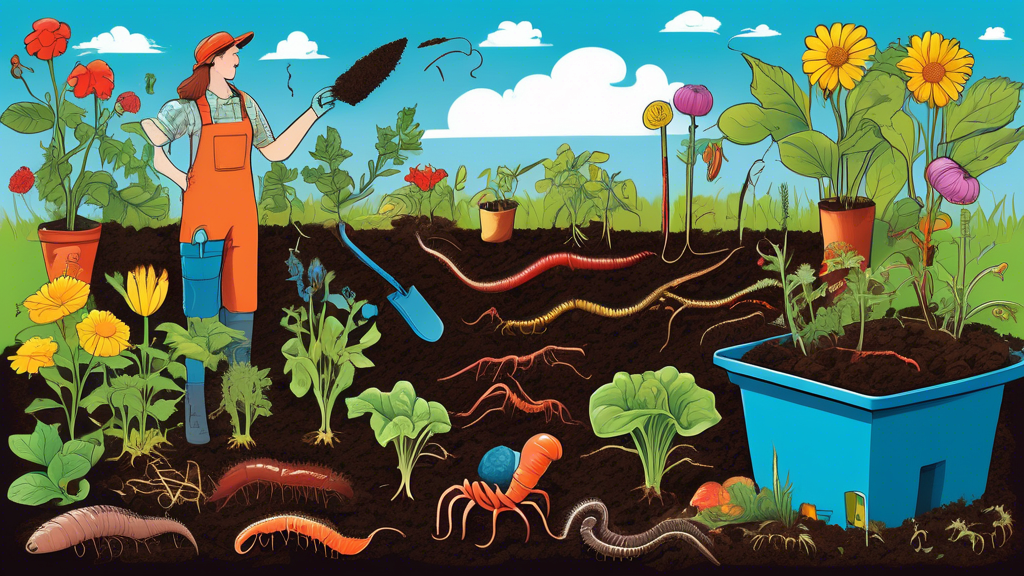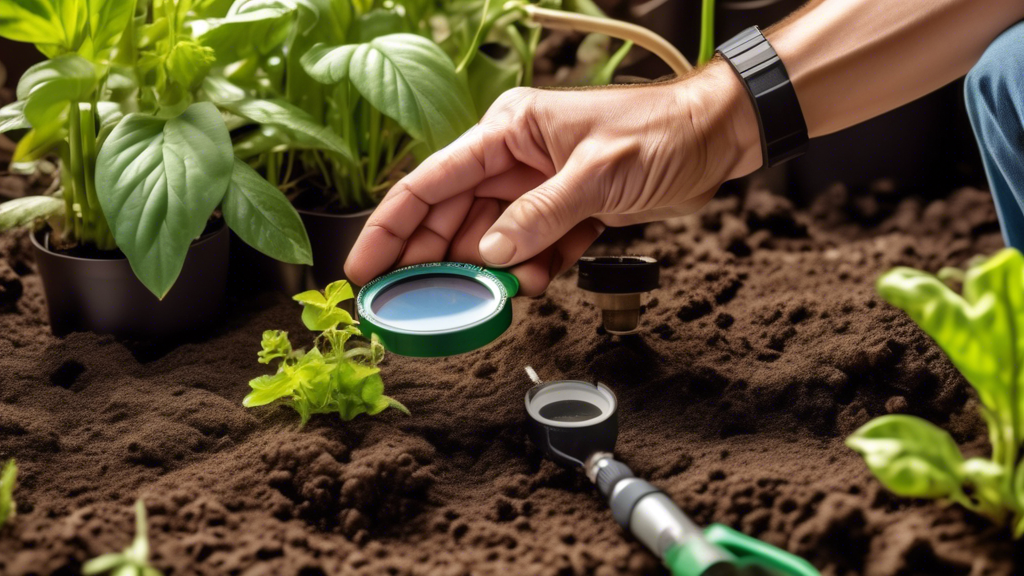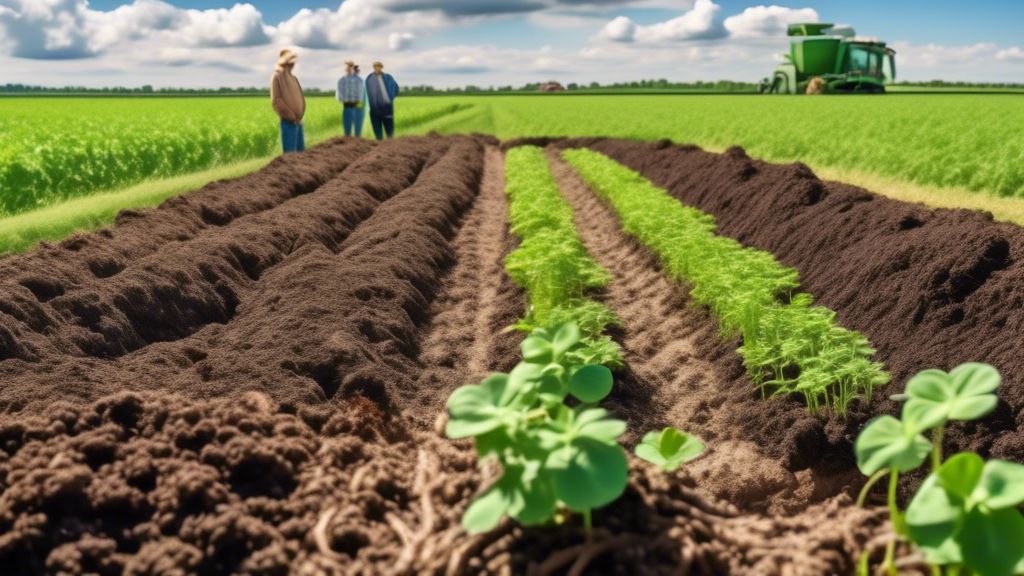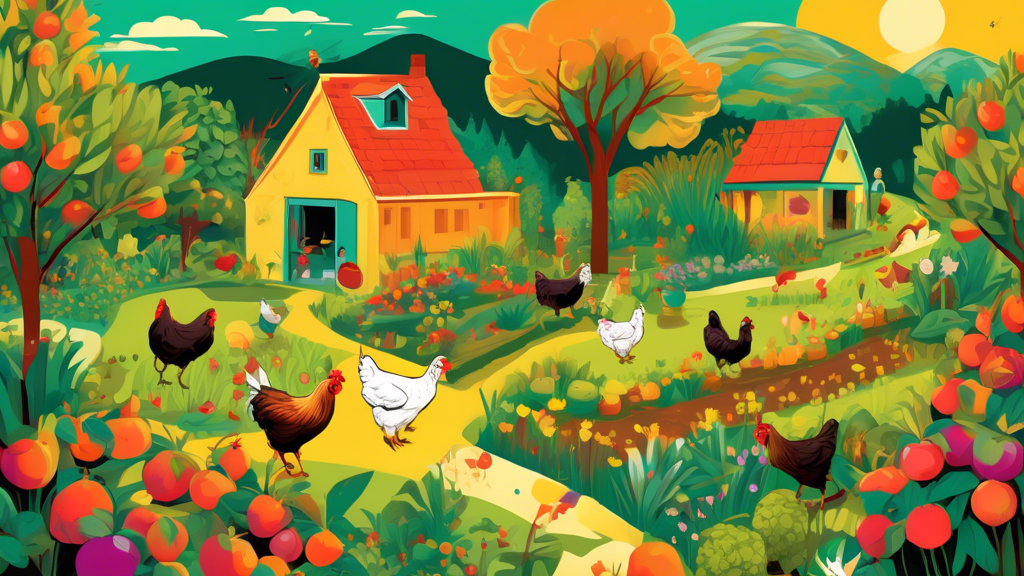
Why Your Permaculture System Isn’t Complete Without Animals
The Multifunctional Power of Livestock
Livestock are not merely residents of your farm; they are active, working partners in building soil health and system resilience. Their roles extend far beyond simple meat or egg production.
- Natural Tillage and Aeration: Animals like chickens instinctively scratch and peck at the ground, while pigs use their powerful snouts to root. This natural behavior breaks up compacted soil, incorporates organic matter, and improves water infiltration without the need for fossil-fuel-powered machinery.
- Fertilization on the Hoof: Manure is not waste; it’s a concentrated nutrient resource. As animals graze and move, they deposit manure, directly returning nitrogen, phosphorus, potassium, and organic matter to the soil, effectively closing the nutrient loop on your property.
- Weed and Pest Management: Many animals are voracious consumers of plants and insects you might consider pests. Goats excel at clearing brush and invasive species, while ducks will happily devour slugs and snails, protecting your delicate seedlings.
- Fire Mitigation: In fire-prone areas, animals like goats can be strategically managed to graze down dry, combustible grasses and brush, creating natural firebreaks and reducing fuel loads.
The Mindset Shift: From Livestock Owner to Ecosystem Steward
The most profound change isn’t in your infrastructure, but in your perspective. Moving from seeing yourself as an “owner” of animals to a “steward” of an entire ecosystem allows you to harness their instincts for the benefit of the whole.
Unique Insight: The common practice of using mobile “chicken tractors” or “pig arks” is a direct mimicry of a powerful natural pattern. It replicates the behavior of nomadic herds like bison, which would intensely graze, fertilize, and disturb an area before moving on. This “pulse and rest” cycle is fundamental to building deep, fertile grasslands and is a pattern you can replicate on your land.
Common Challenges (And How to Solve Them)
“I’m Worried About the Time and Labor Commitment”
Many prospective homesteaders are deterred by the perceived endless chores. The solution lies in intelligent design that automates and simplifies tasks.
- Solution: Invest in systems that work for you. Use automatic waterers fed by rainwater tanks, design paddocks with strategic gate placement to ease movement, and most importantly, choose animals whose needs align with your available time. Rabbits and laying hens often require less daily oversight than dairy animals.
“My Animals Keep Escaping and Damaging My Garden!”
When animals break through fences and raid your vegetables, it’s a sign of a design problem, not a behavioral one. The animals are simply following their instincts to find food.
- Solution: Re-evaluate your fencing and zoning. “Living fences” like dense hedgerows of edible or thorny plants can provide a beautiful and effective barrier. Ensure physical fences are robust and appropriate for the animal (e.g., smaller mesh for chickens, stronger posts for goats). Apply the permaculture principle of zoning by placing more demanding or potentially destructive animals further from your core garden (Zone 1).
“The Feed Bill is Too High!”
Relying solely on purchased feed undermines the resilience and closed-loop ideals of permaculture. It creates a dependency on an external industrial system.
- Solution: Design your landscape to become your feed store. Integrate fodder trees and shrubs like Mulberry and Willow, which provide high-protein leaves. Cultivate aquatic plants like duckweed in ponds for poultry. Most critically, implement managed rotational grazing to ensure your animals always have access to diverse, fresh, and nutrient-rich pasture, drastically reducing your need for supplemental feed.
Choosing the Right Livestock for Your Context
The Small-Scale Powerhouses: Chickens, Ducks, and Rabbits
Ideal for urban homesteads and small acreage, these animals provide a high yield for their size and space requirements.
- Best For: Urban and small suburban lots (1/8 acre to 1 acre).
- Key Functions: Insect control, rapid manure production, meat, and eggs (from poultry).
| Animal | Best For | Considerations |
|---|---|---|
| Chickens | Superior scratchers and tillers; great for composting. | Can be destructive to young seedlings if not managed. |
| Ducks | Excellent for wet areas and slug control; gentler on garden beds. | Require a water source for swimming; messier than chickens. |
| Rabbits | Compact; produce fantastic, readily available manure for gardens. | Require protection from predators and extreme weather. |
The Mid-Scale Managers: Goats, Sheep, and Pigs
These animals require more space but can dramatically alter and manage your landscape.
- Best For: 1/4 acre to several acres.
- Key Functions: Brush clearing (goats), lawn/grass management (sheep), land clearing and tillage (pigs).
| Animal | Best For | Considerations |
|---|---|---|
| Goats | Browsers; excellent for clearing brush, blackberries, and weeds. | Notorious escape artists; require very sturdy fencing. |
| Sheep | Grazers; ideal for maintaining lawns and pastures. | More flock-oriented and generally easier to contain than goats. |
| Pigs | Natural tillers; perfect for clearing new land and preparing garden beds. | Can be very destructive if not managed intensively in a rotational system. |
The Large-Scale Landscape Engineers: Cattle and Equines
For those with significant acreage, these animals can be powerful tools for managing large pastures and building soil carbon.
- Best For: Multiple acres (5+ acres, depending on climate and carrying capacity).
- Key Functions: Managing large pastures, creating significant biomass and manure.
Designing Your System for Harmony, Not Hassle
The Key Principle: Rotational Grazing & Paddock Shift
This is the cornerstone of integrating livestock successfully. Instead of letting animals continuously graze one large area, you divide the land into smaller paddocks and move the animals frequently.
- How it Works: Animals are moved to a fresh paddock every day or few days. This mimics the natural movement of wild herds.
- Benefits: Prevents overgrazing, allows pastures to recover fully, distributes manure evenly, and breaks parasite and pest life cycles.
Zoning Your Animals for Maximum Efficiency
Permaculture’s zoning principle helps you place elements based on the frequency of use and attention required.
- Zone 1: (The area immediately around your home) Rarely includes livestock, except perhaps a small worm farm or a few rabbits for manure to make “manure tea” for your kitchen garden.
- Zone 2: (Intensively managed gardens and orchards) Perfect for small, easily managed animals like chickens and ducks. They can be rotated through orchard areas to fertilize trees and control pests.
- Zone 3 & 4: (Pastures and woodlands) The domain for your larger livestock like sheep, goats, and cattle, managed under rotational grazing systems.
Water as a Central Element
Water is a critical resource, and its placement can be strategically used to manage animal movement and impact.
Unique Insight: Don’t just provide water; design your water sources to be functional elements. Place ponds and swales so that animals must walk to them from their paddocks. This daily journey will naturally till and fertilize the laneway. Furthermore, the high clay content in some animal manures can help seal the bottom of a new pond over time, creating a beneficial symbiotic relationship.
Frequently Asked Questions (FAQs)
What is the absolute easiest animal to start with in a permaculture system?
Answer: For most beginners, chickens or rabbits are the ideal starting point. They are relatively small, have straightforward housing needs, and their benefits—particularly their high-nitrogen manure for compost and gardens—are realized almost immediately. They allow you to learn animal husbandry on a manageable scale.
Can I integrate livestock if I don’t have a lot of land?
Answer: Absolutely. Permaculture is about efficiency, not acreage. Japanese Quail can be kept in small cages on a patio or balcony. A small backyard can comfortably host a few rabbits or a small flock of 3-4 chickens in a well-designed coop and run. The key is choosing the right animal for your space and managing them intensively.
How do I manage manure without it becoming a smelly problem?
Answer: The goal is to actively manage manure as a resource. Use the “deep litter method” in chicken coops, where carbon-rich bedding like straw or wood shavings is added regularly. This creates a composting action right in the coop. You can also create dedicated compost piles that chickens can help turn and aerate. Always compost or age manure before adding it directly to garden beds to avoid “burning” plants with high ammonia levels.
Isn’t it cruel to keep animals in a confined “tractor” or mobile system?
Answer: When managed correctly with frequent moves, these systems provide a far superior quality of life than static confinement. The animals receive fresh pasture, new insects to forage, and clean ground daily. This prevents the boredom, stress, disease buildup, and parasite load commonly associated with stationary pens and coops. It provides a dynamic, stimulating, and healthy environment that aligns with their natural behaviors.


